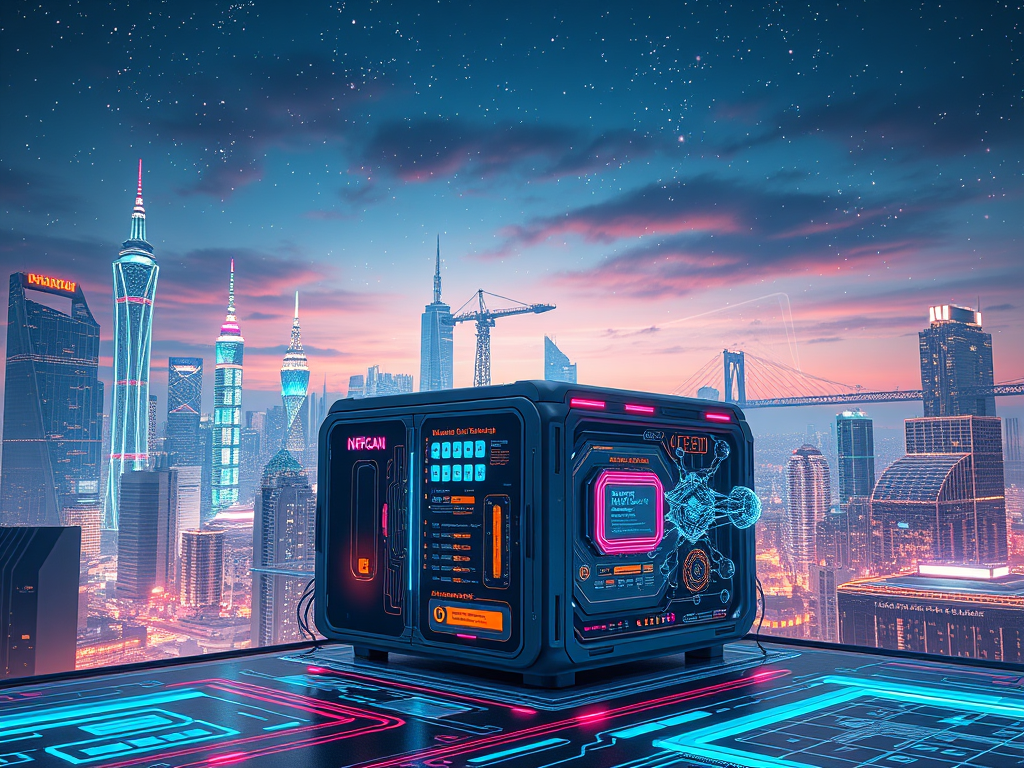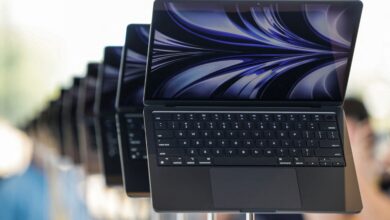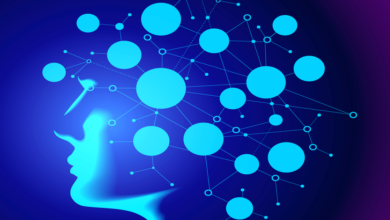In recent years, the realm of computer vision and image synthesis has witnessed dramatic progress thanks to the innovation of neural networks. One of the most promising frontiers in this domain is the fusion of Neural Radiance Fields (NeRF) and Generative Adversarial Networks (GANs)—a convergence known as NRFGAN.
While GANs are famous for their ability to generate highly realistic images, NeRFs have emerged as a powerful tool for representing and rendering complex 3D scenes from 2D input. NRFGAN takes the best of both worlds, combining the generative capabilities of GANs with the geometric precision of NeRFs. This marriage creates a system capable of producing 3D-consistent views from latent codes, offering unprecedented realism and control in generative modeling.
This article delves deep into NRFGAN—what it is, how it works, its use cases, and why it’s gaining attention in AI, 3D modeling, virtual reality, and beyond.
Understanding the Components: NeRF and GAN
What is NeRF (Neural Radiance Fields)?
Introduced in 2020 by Mildenhall et al., NeRF is a deep learning technique used to represent 3D scenes using neural networks. It learns a volumetric scene function and maps spatial coordinates (x, y, z) and view directions to color and density. Using this data, it can reconstruct photorealistic views of a scene from new angles based on just a few 2D images.
NeRF models are particularly effective in generating continuous 3D scenes, which is vital in tasks like:
Photorealistic novel view synthesis
3D reconstruction
AR/VR content creation
What is a GAN (Generative Adversarial Network)?
GANs, developed by Ian Goodfellow in 2014, consist of two neural networks—the Generator and the Discriminator—competing in a zero-sum game:
The Generator creates fake data (e.g., images) that aim to fool the Discriminator.
The Discriminator evaluates whether data is real or generated.
Over time, the Generator becomes adept at creating realistic data, leading to models that can synthesize highly plausible images, text, audio, and more.
What is NRFGAN?
NRFGAN is a hybrid architecture that integrates the spatial 3D modeling power of NeRF with the adversarial learning framework of GANs. In essence, NRFGAN introduces adversarial training mechanisms to guide the synthesis of NeRF-generated images toward higher realism and diversity.
Rather than generating static 2D images, NRFGAN generates 3D-aware content that maintains consistency across different viewpoints, making it an ideal framework for tasks such as:
Multi-view image generation
3D avatar creation
Virtual product visualization
Gaming and metaverse content
How NRFGAN Works
1. Latent Space Encoding
The system begins by sampling a latent vector (usually from a Gaussian distribution), which encodes the identity or style of the object or scene to be generated.
2. NeRF-Based Generator
This latent vector is passed into a NeRF-style generator that outputs a radiance field, representing a 3D scene. The network learns a function F(x,d)→(c,σ)F(\mathbf{x}, \mathbf{d}) \to (\mathbf{c}, \sigma) where:
x\mathbf{x} = 3D location
d\mathbf{d} = viewing direction
c\mathbf{c} = RGB color
σ\sigma = volume density
This allows rendering from multiple views using volume rendering techniques.
3. GAN-Based Discriminator
Once images are rendered from the NeRF field, a discriminator network evaluates them, distinguishing between real and synthetic images. The generator is updated to improve its performance in producing images that the discriminator cannot detect as fake.
4. Viewpoint Consistency Loss
To ensure that the generated scene remains consistent across viewpoints, NRFGAN incorporates consistency losses, penalizing mismatches between images rendered from different angles.
Key Advantages of NRFGAN
✅ 1. 3D-Aware Image Generation
Unlike traditional GANs that generate flat 2D images, NRFGAN ensures depth and spatial coherence. This is ideal for applications in augmented and virtual reality where viewpoint shifts are essential.
✅ 2. Multi-View Consistency
The NeRF foundation of NRFGAN ensures that every view of the object or scene is geometrically consistent, which is critical in rendering animations or interactive environments.
✅ 3. Data Efficiency
NRFGAN can synthesize a 3D scene from a relatively small number of input images, reducing the burden of collecting exhaustive datasets.
✅ 4. Enhanced Realism
The adversarial training introduced by the GAN component boosts the photorealism of the rendered outputs.
Applications of NRFGAN
1. Gaming and Metaverse Development
NRFGAN can generate realistic and consistent 3D avatars, items, and environments that adapt to changing player perspectives, critical for immersive gaming experiences.
️ 2. E-Commerce and Virtual Try-Ons
Virtual representations of clothing or products that change angles with user interaction can be made far more realistic using NRFGAN.
3. Medical Imaging
NRFGAN has the potential to reconstruct 3D views of organs or body parts from limited CT or MRI slices, assisting doctors in diagnostics and planning surgeries.
️ 4. Film and Animation
Instead of manually modeling complex 3D environments, artists can use NRFGAN to rapidly generate realistic, view-consistent backgrounds or objects.
5. AR/VR Content Creation
For virtual environments where real-world physics and lighting must be simulated, NRFGAN offers a controllable yet highly detailed generative model.
Challenges and Limitations
Despite its many strengths, NRFGAN is not without drawbacks:
❌ Computational Cost
Rendering using volume-based methods like NeRF can be resource-intensive, especially when training adversarial networks.
❌ Training Instability
As with traditional GANs, NRFGAN may suffer from mode collapse, non-convergence, or overfitting if not carefully balanced.
❌ Data Bias
Like any AI model, NRFGAN can reflect biases in its training data, which could lead to inaccurate or stereotyped outputs.
Future Directions of NRFGAN
The field of NRFGAN is still emerging, and several exciting advancements are on the horizon:
1. Faster Rendering Pipelines
Work is being done to speed up NeRF rendering using methods like Instant-NGP, Plenoxels, or tensor decompositions, which would benefit NRFGAN systems significantly.
2. Unsupervised 3D Generation
Future versions of NRFGAN may not require multi-view supervision, allowing generation of 3D-consistent outputs from single images or unlabeled datasets.
3. Style Transfer and Customization
Adding mechanisms for style transfer will let users modify objects’ appearance (e.g., making a chair look vintage or futuristic) while preserving their 3D structure.
4. Generalization Across Domains
Training on multi-domain datasets (like faces, objects, landscapes) could lead to highly generalized NRFGAN models usable in various industries.
Conclusion
NRFGAN represents a revolutionary step forward in generative AI, blending the realism of GANs with the 3D coherence of Neural Radiance Fields. It stands at the intersection of geometry, vision, and creativity—offering not just 2D snapshots, but entire 3D worlds synthesized from code.
As research continues and the technology matures, NRFGAN has the potential to become a standard tool in fields ranging from entertainment to medicine, and from commerce to education. For anyone invested in the future of 3D graphics, virtual reality, or AI-driven content, NRFGAN is a name to remember.





